I have a damaged steel shed. The roof has collapsed. Construction was with C-section steel that’s commonly used in shed structures. The walls remain standing and are in good condition. My intention is to reinforce the existing posts using SHS fitted inside the existing C-section posts (sealed on both ends with welded plate). The new posts will be bolted to the existing posts. New trusses will be supported by the SHS rather than the C-section steel.
The existing C-section posts have concrete footings, but there is no concrete floor in the shed. Following my repair, I will have a concrete floor added.
Here’s the issue: I was considering not bolting the new SHS posts to the existing footings. They will be bolted to the existing post instead. The new posts will be about 10 or 15 mm above the existing footings (ie. an air gap). The surface of the footings are rough finished. It seems to me that if I were to rest the new posts on the footings there may only be a single point of contact, which might subsequently crush and then subside when the roof is installed. Also, any significant sized air gaps that remain under the posts following the addition of the concrete floor may result in corrosion.
Here’s what I was thinking: Following the installation of the new posts, I’ll pour a quantity of floor leveller around the base of the new post to just cover the base. This product is very fluid and would likely easily flow under the post filling any air gaps. In so far as I’m aware this product is as tough as concrete and being alkaline in nature would prevent corrosion as concrete does.
Any thoughts?
The existing C-section posts have concrete footings, but there is no concrete floor in the shed. Following my repair, I will have a concrete floor added.
Here’s the issue: I was considering not bolting the new SHS posts to the existing footings. They will be bolted to the existing post instead. The new posts will be about 10 or 15 mm above the existing footings (ie. an air gap). The surface of the footings are rough finished. It seems to me that if I were to rest the new posts on the footings there may only be a single point of contact, which might subsequently crush and then subside when the roof is installed. Also, any significant sized air gaps that remain under the posts following the addition of the concrete floor may result in corrosion.
Here’s what I was thinking: Following the installation of the new posts, I’ll pour a quantity of floor leveller around the base of the new post to just cover the base. This product is very fluid and would likely easily flow under the post filling any air gaps. In so far as I’m aware this product is as tough as concrete and being alkaline in nature would prevent corrosion as concrete does.
Any thoughts?

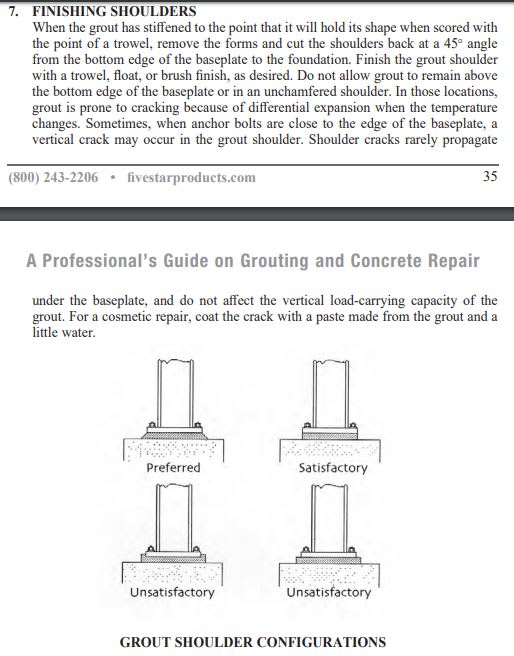
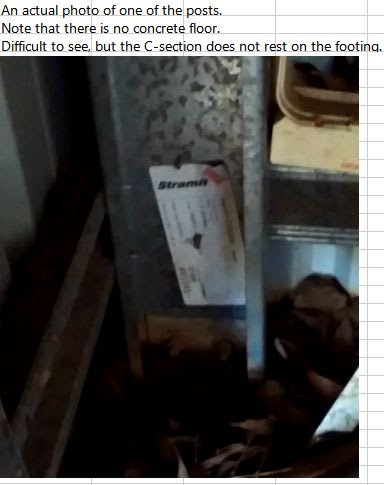
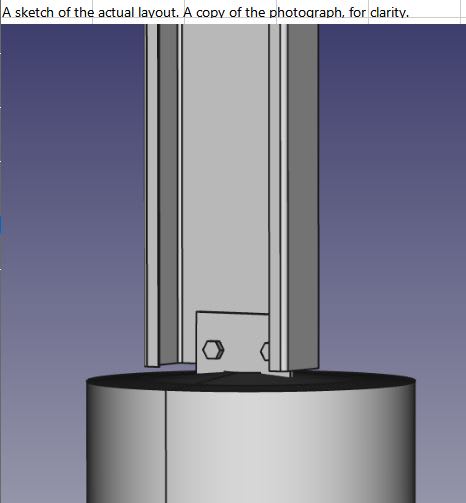
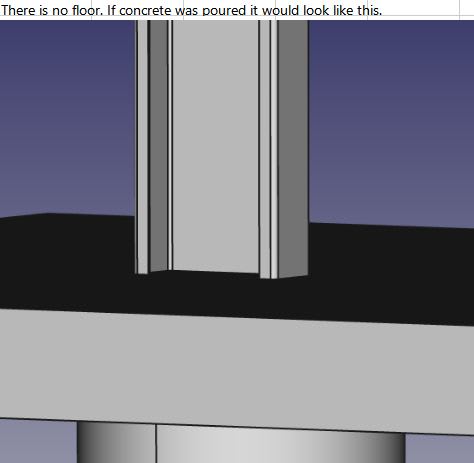
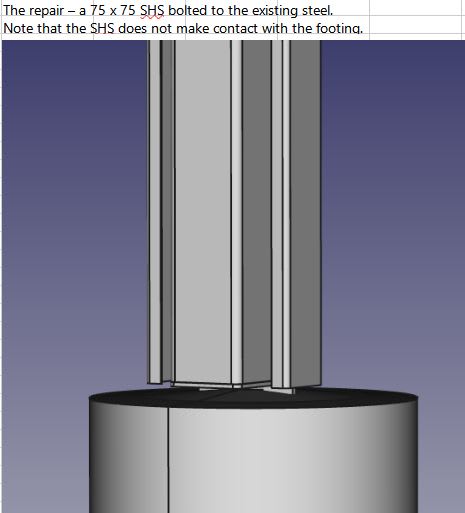
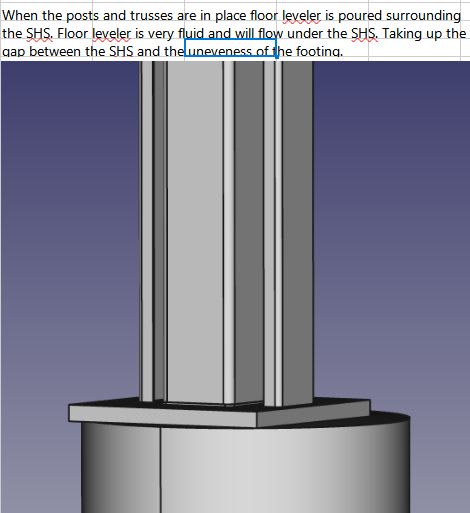
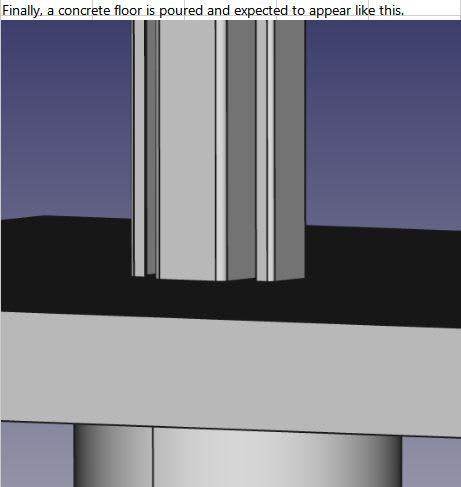
![[bigsmile] [bigsmile] [bigsmile]](/data/assets/smilies/bigsmile.gif)